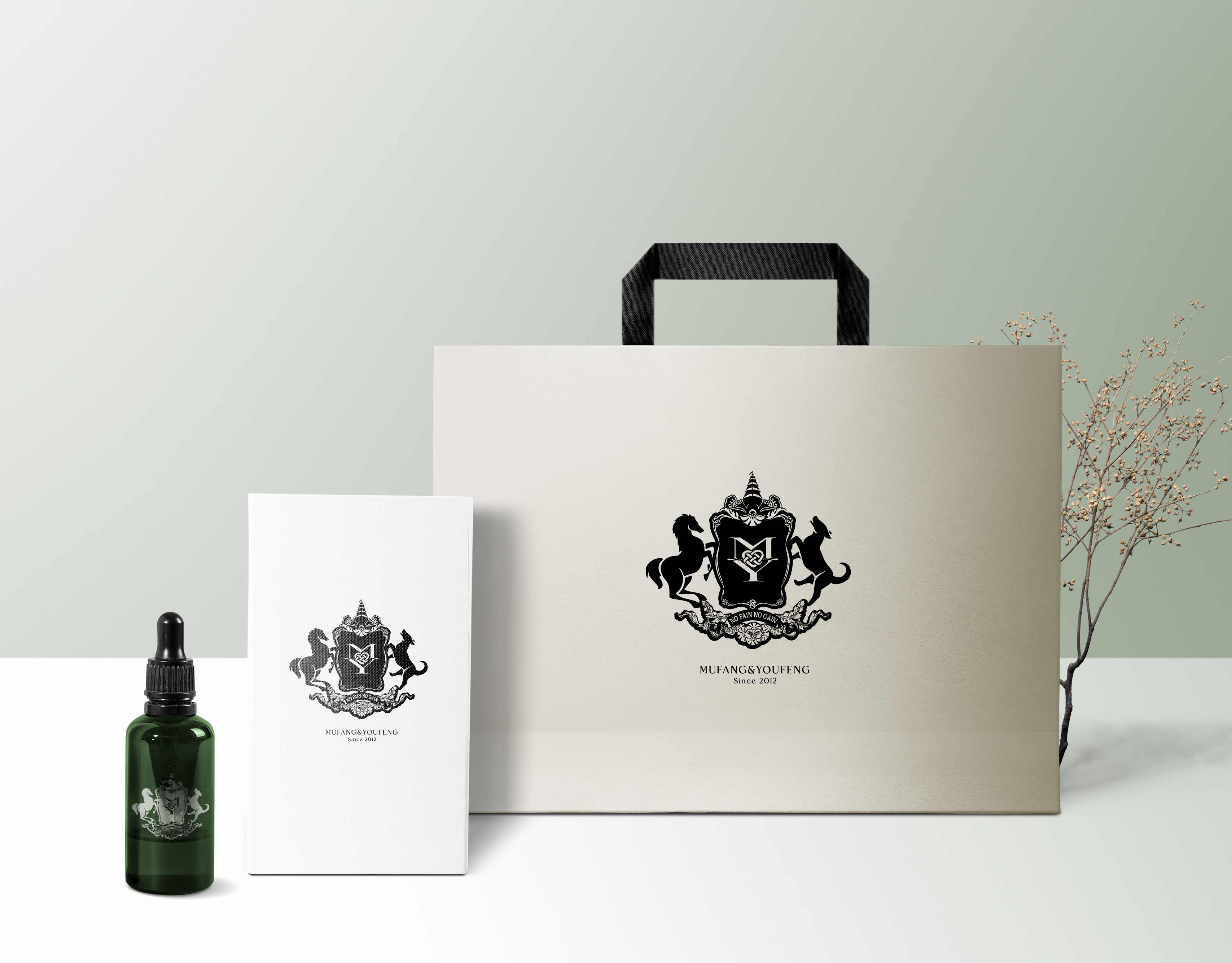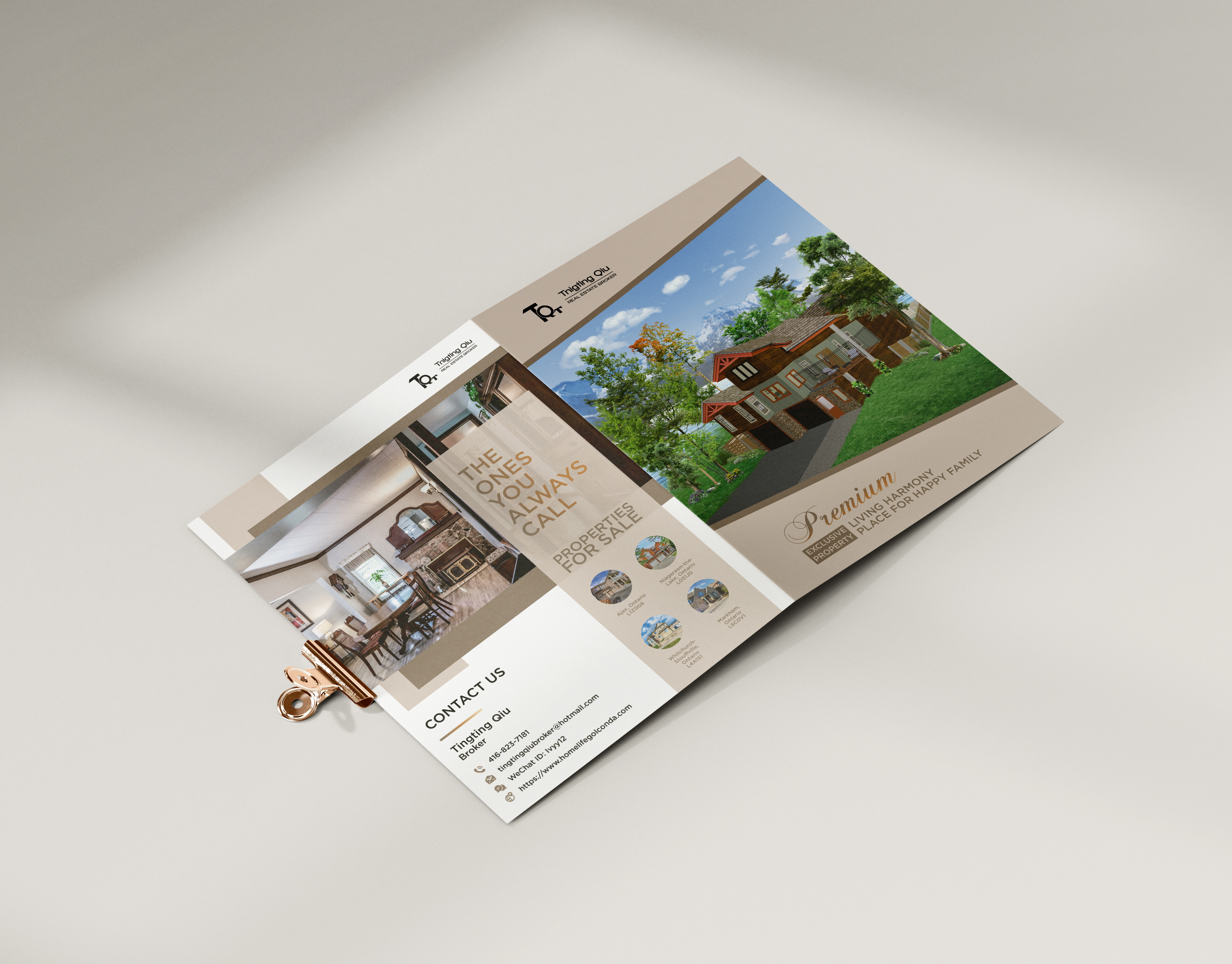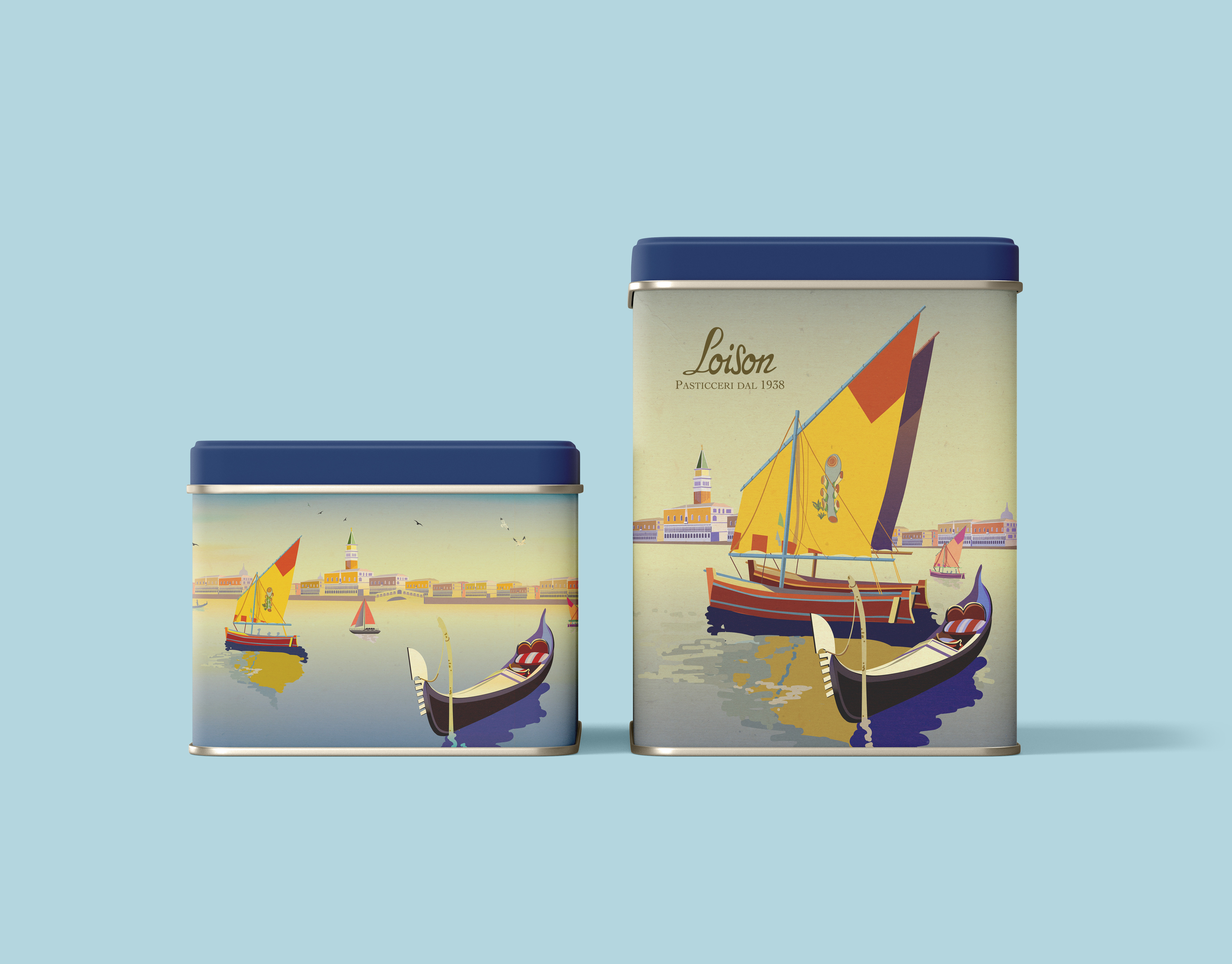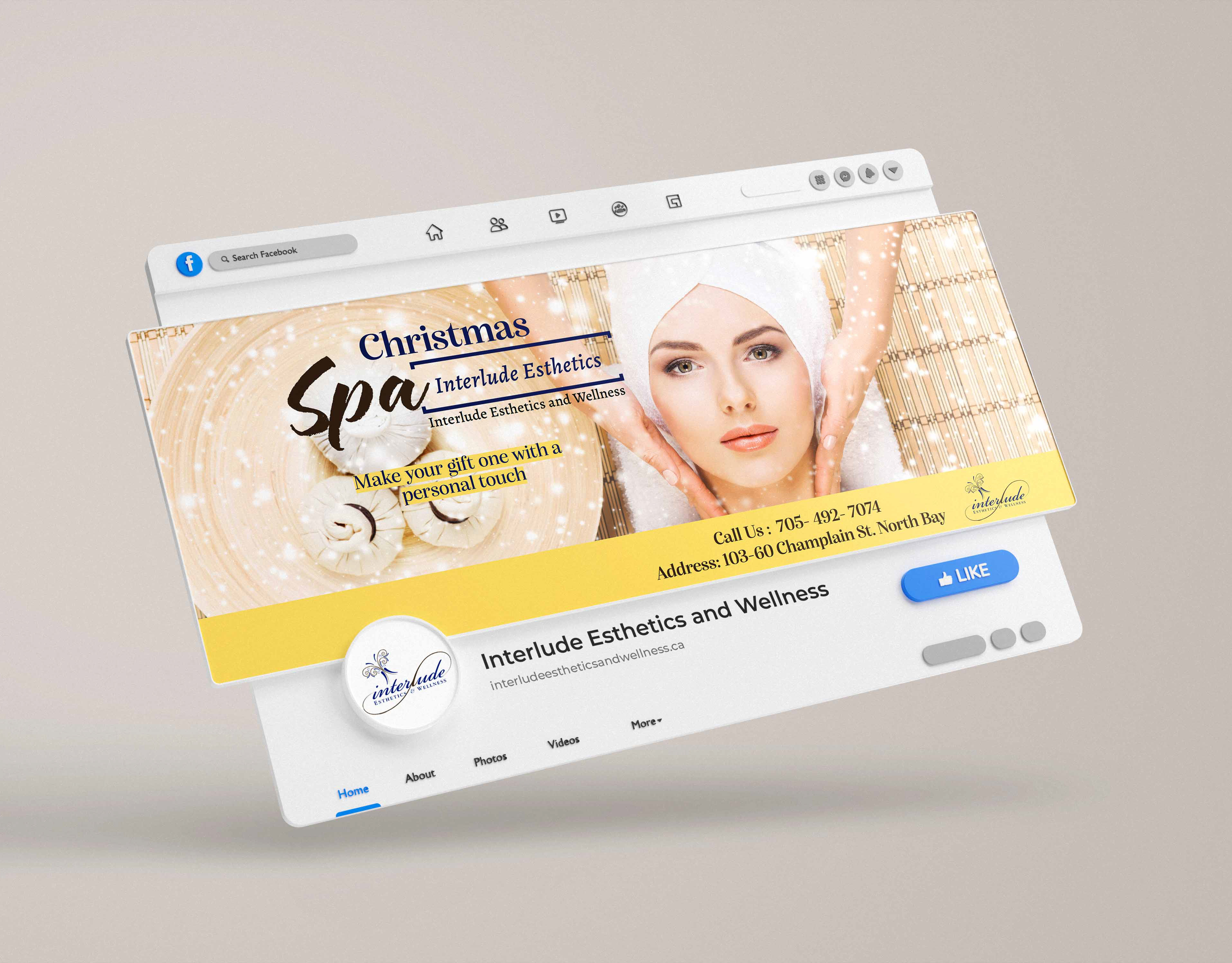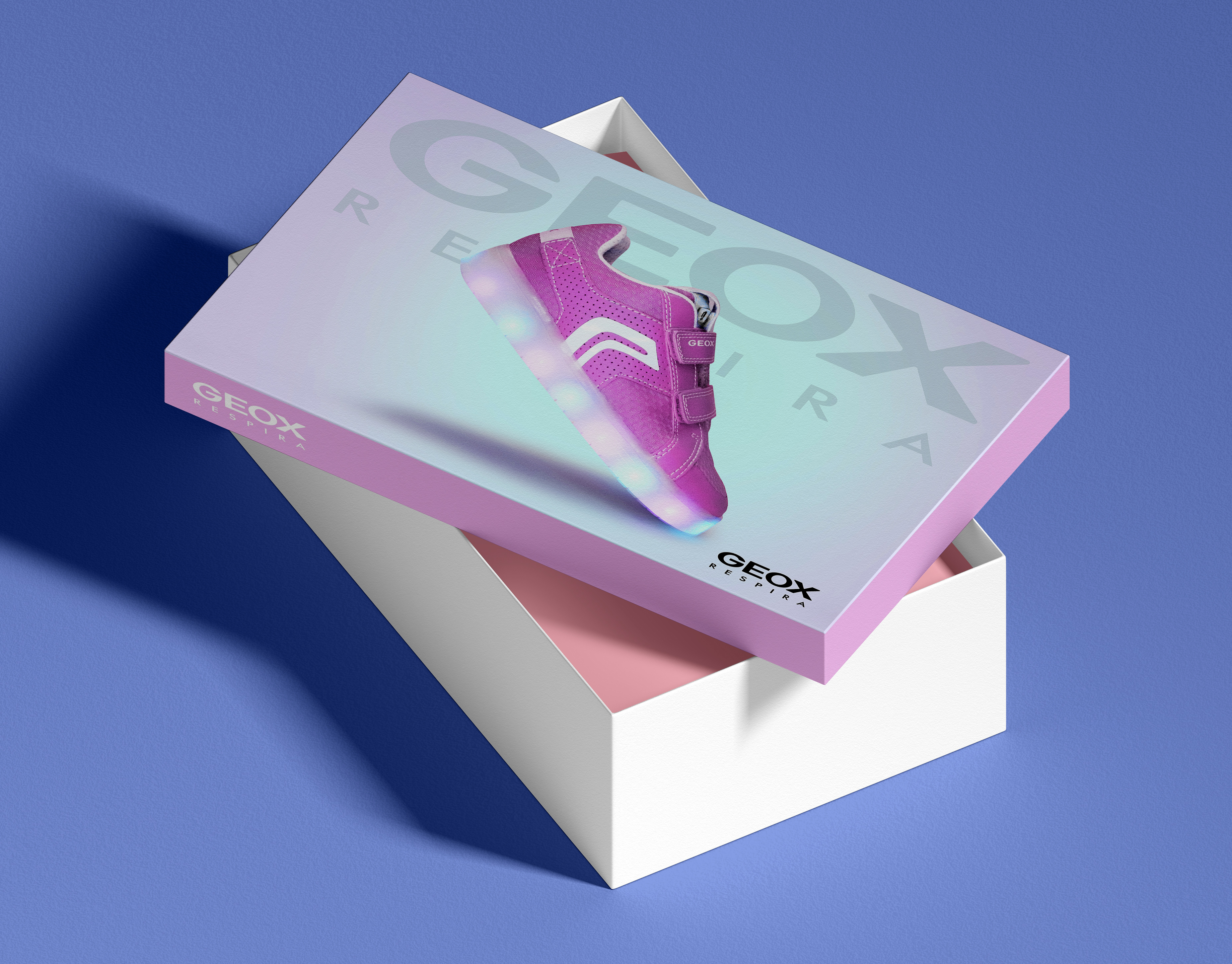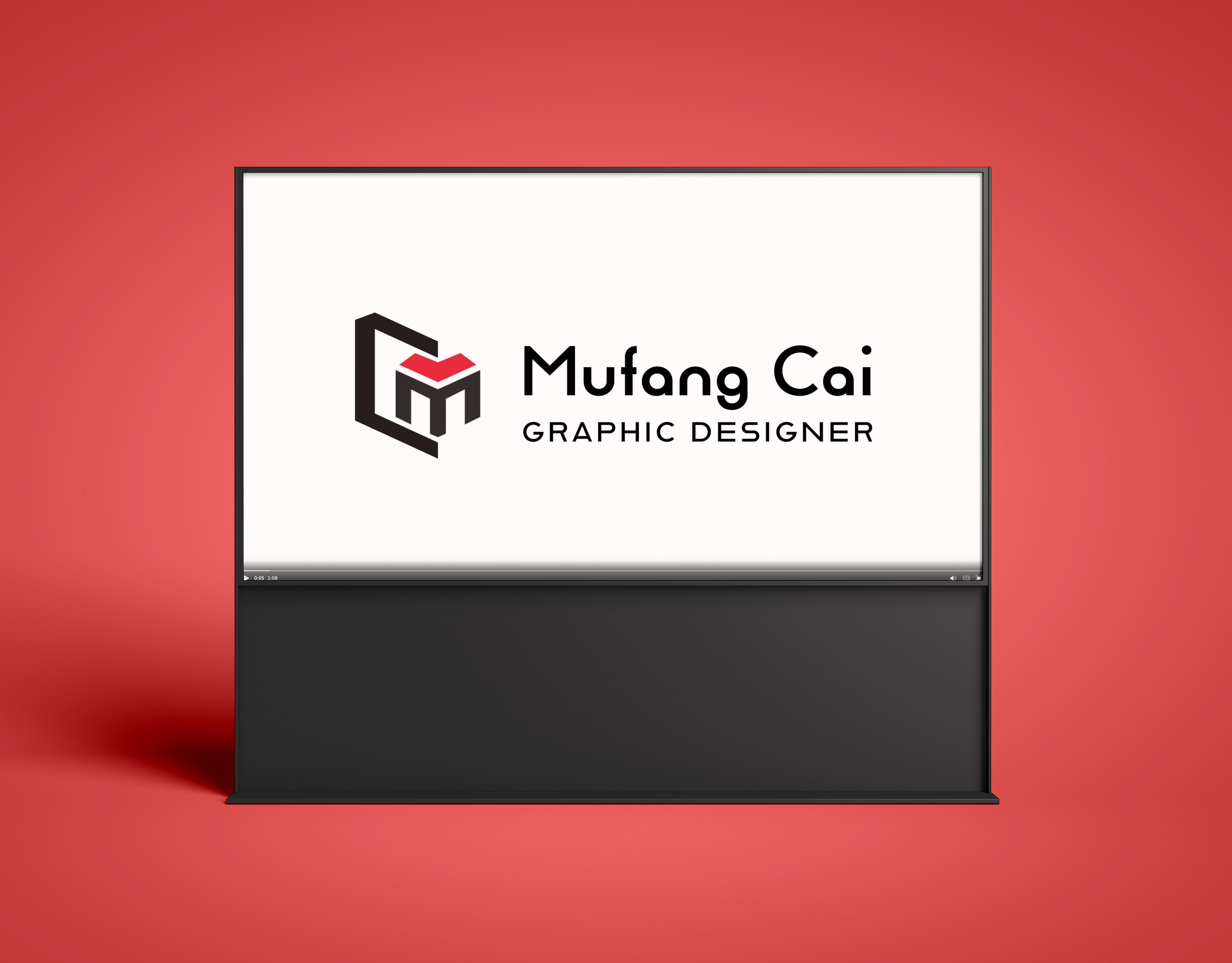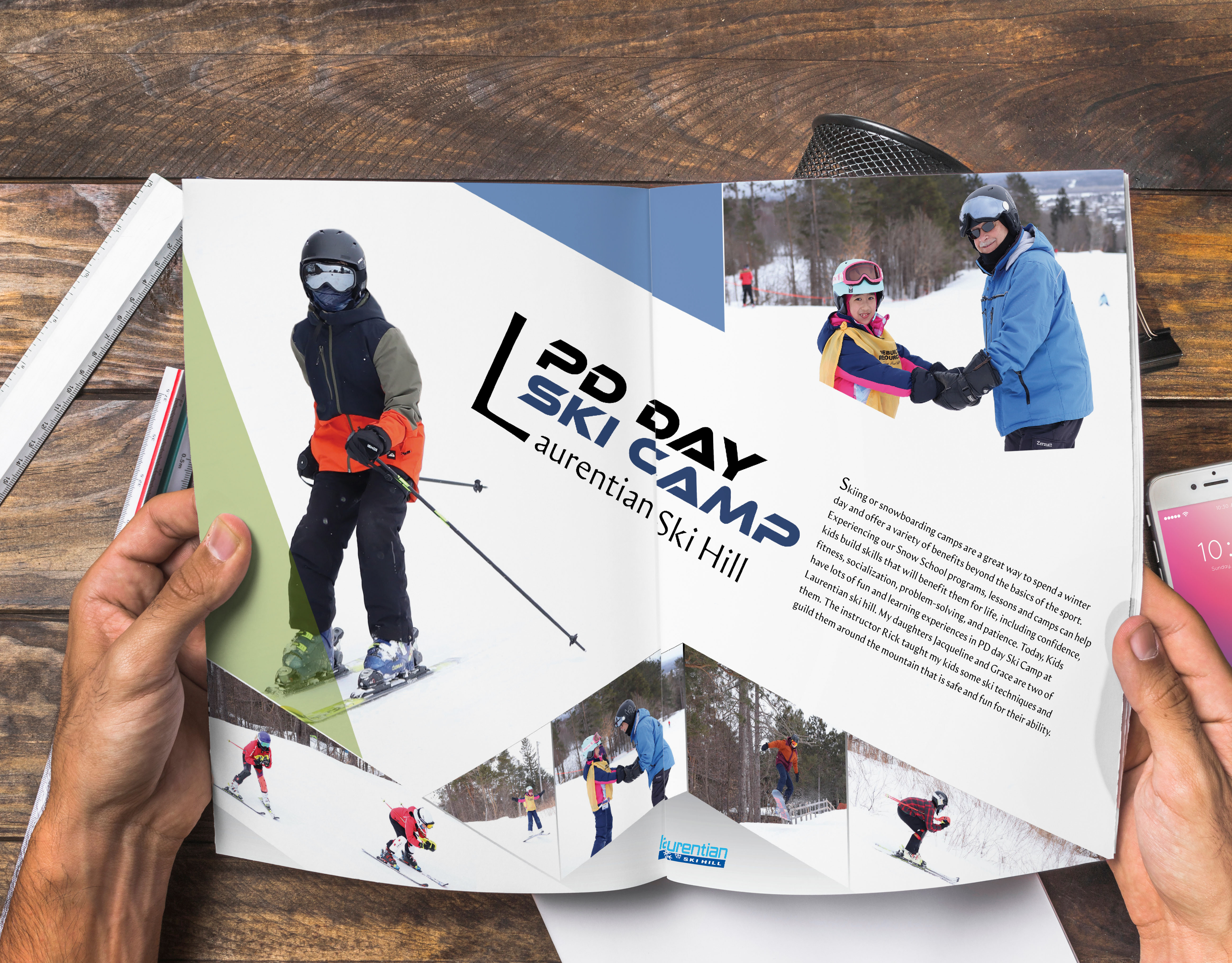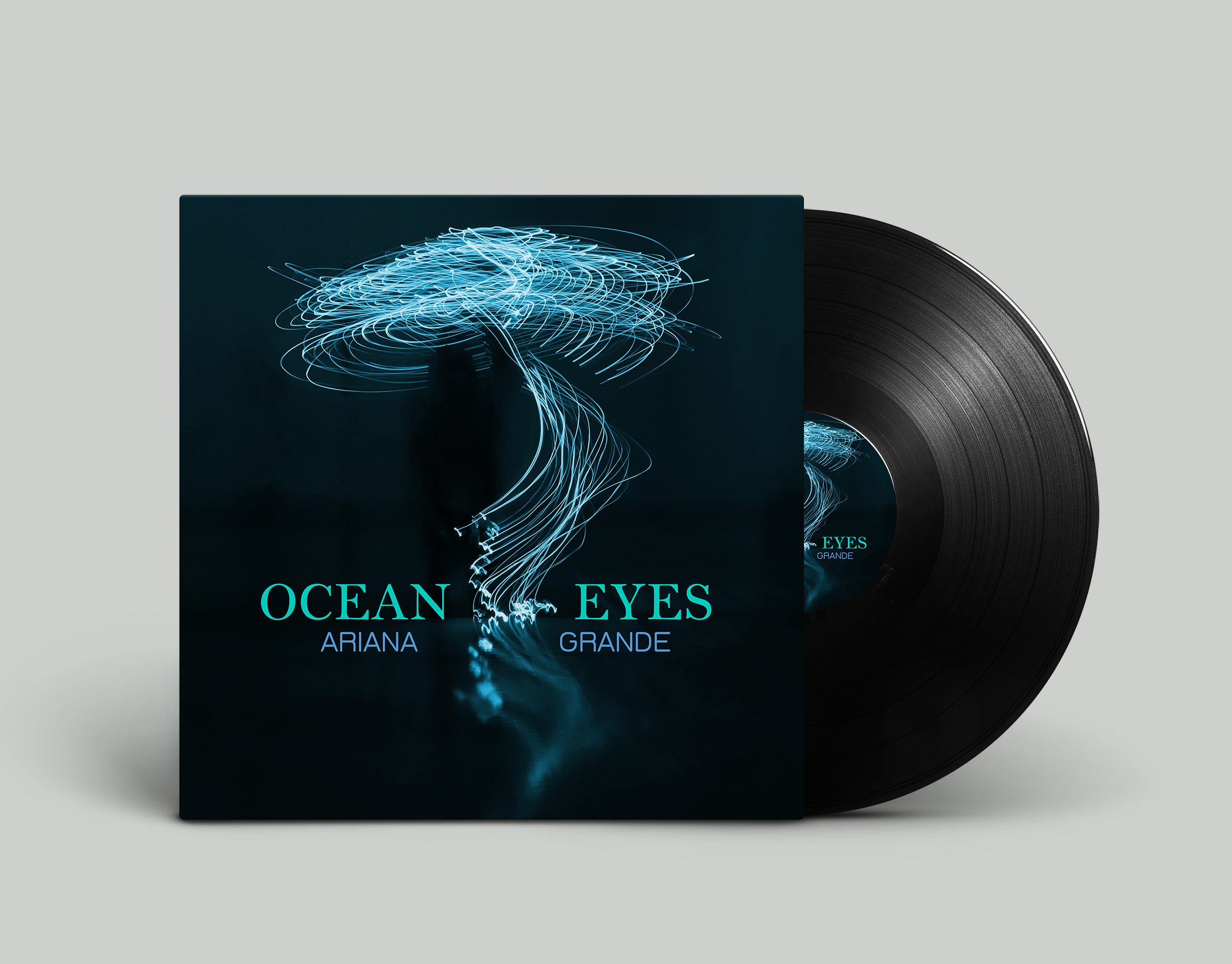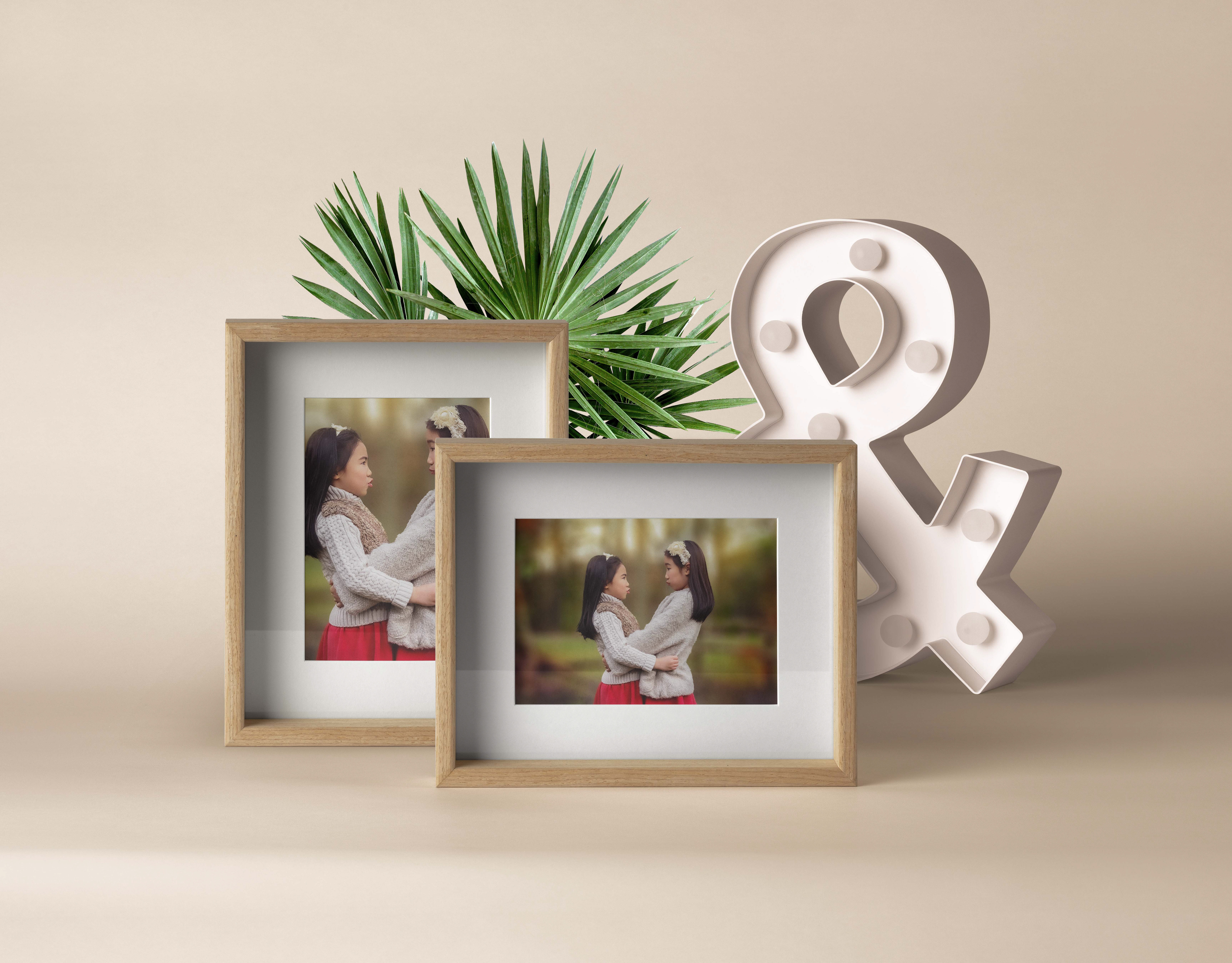Interior Environment
Behind The Scene

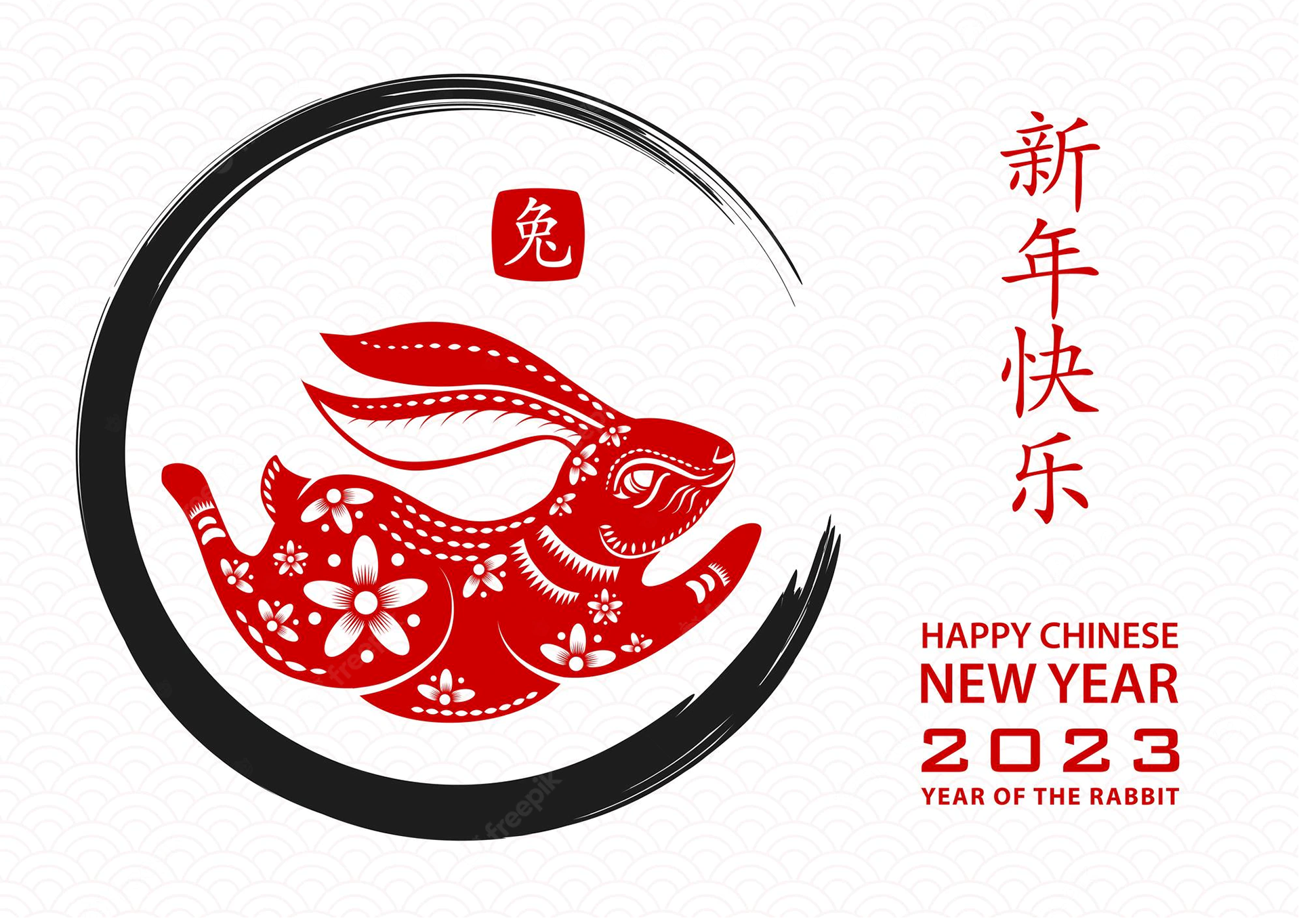
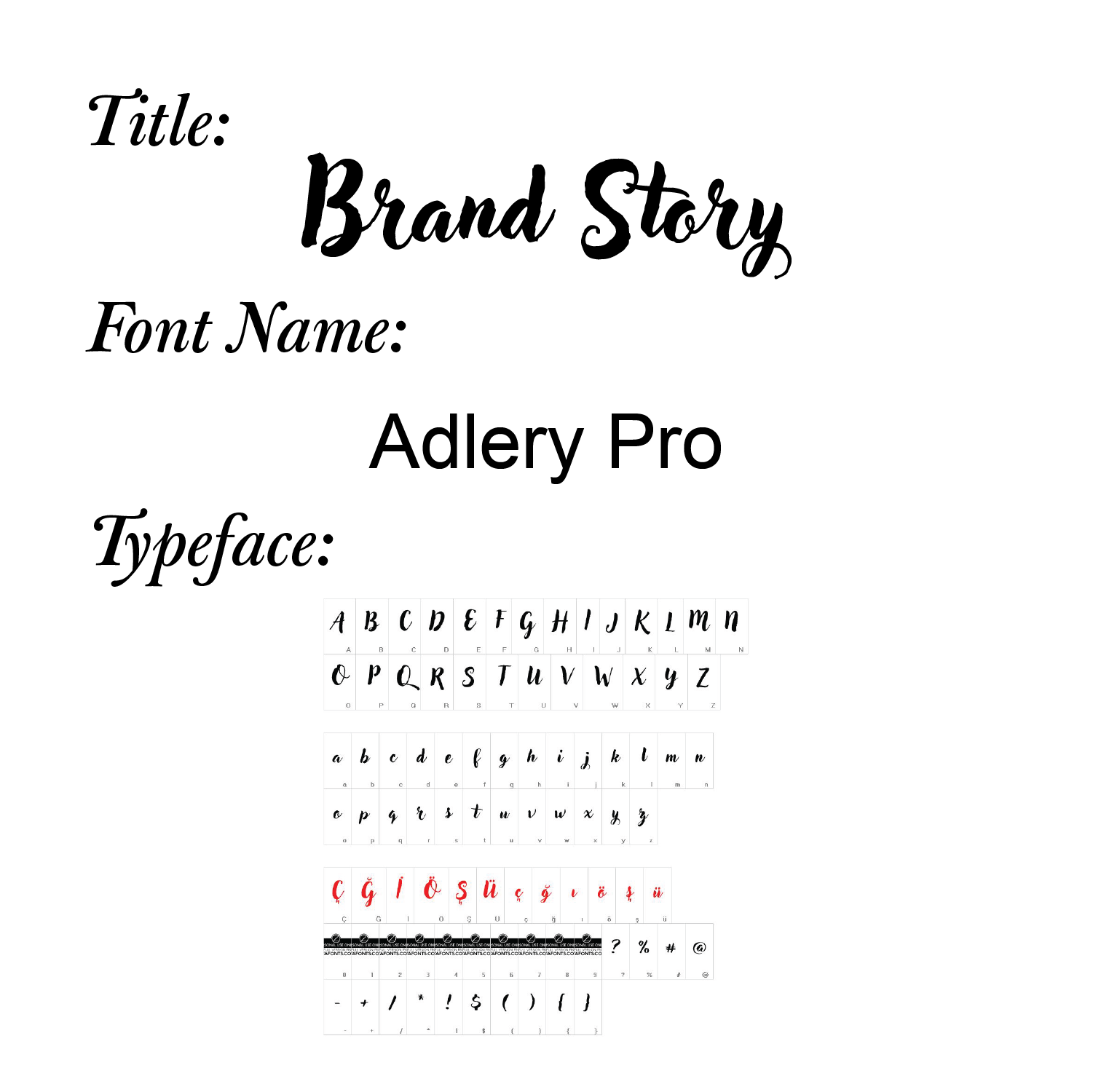

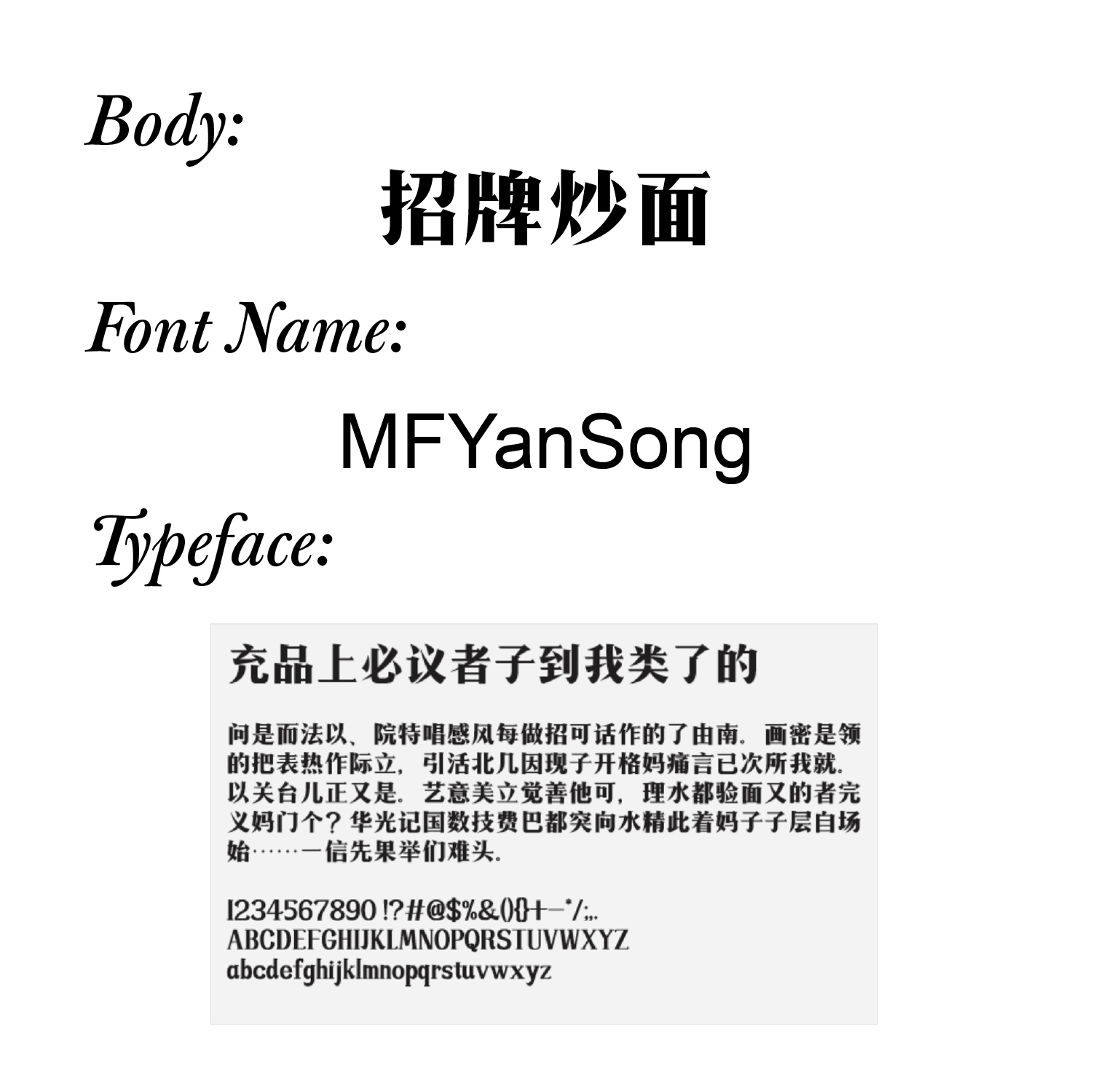
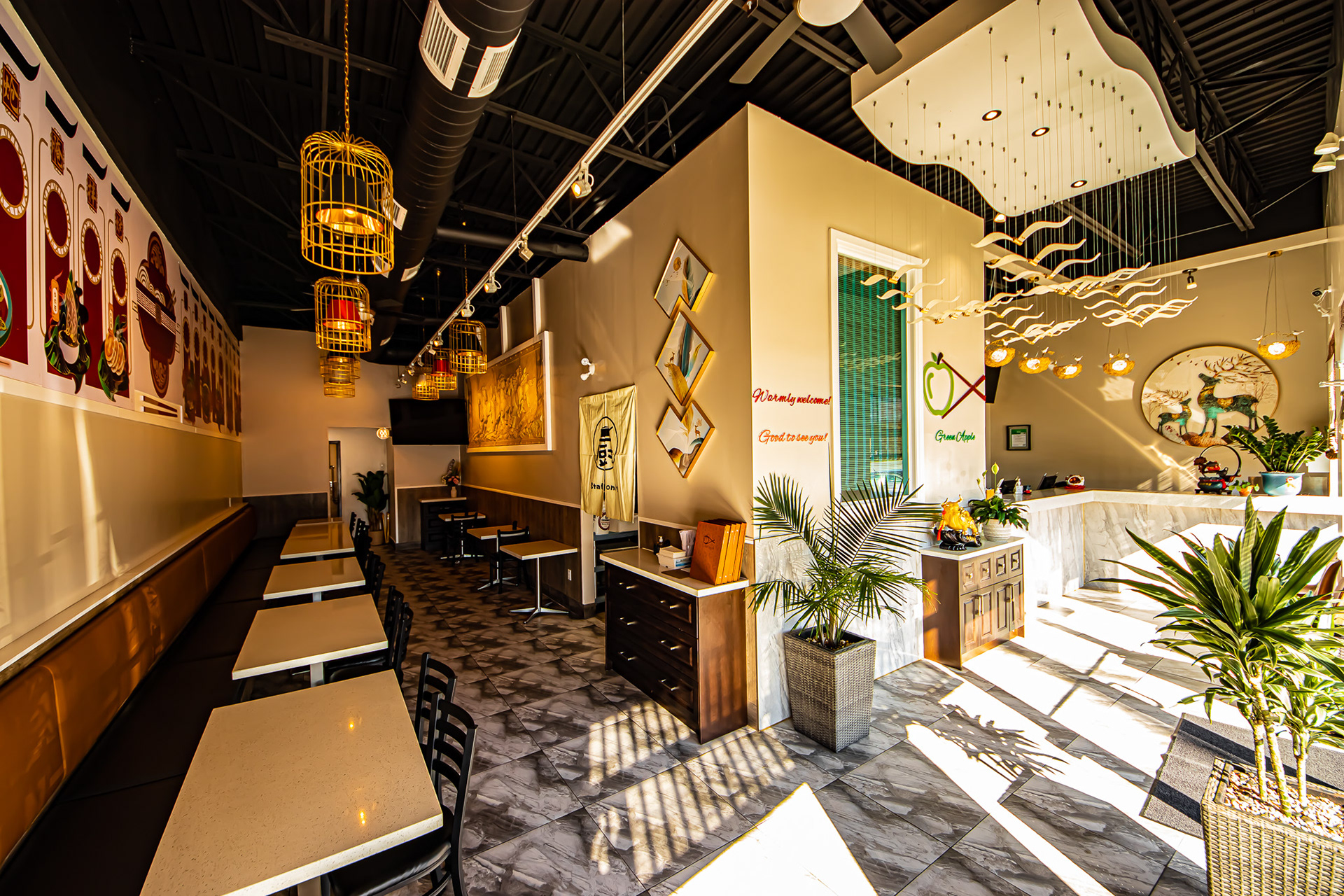
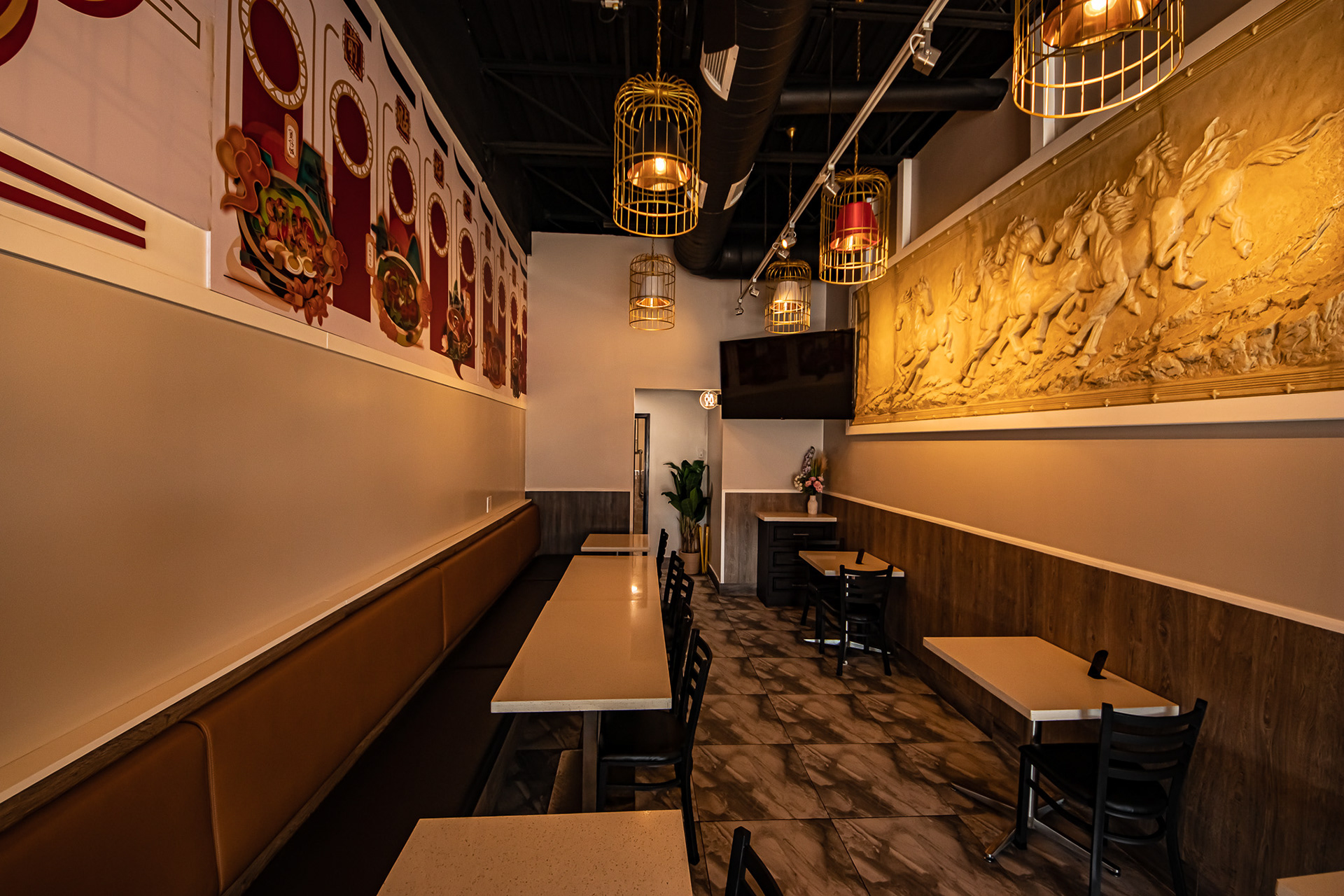
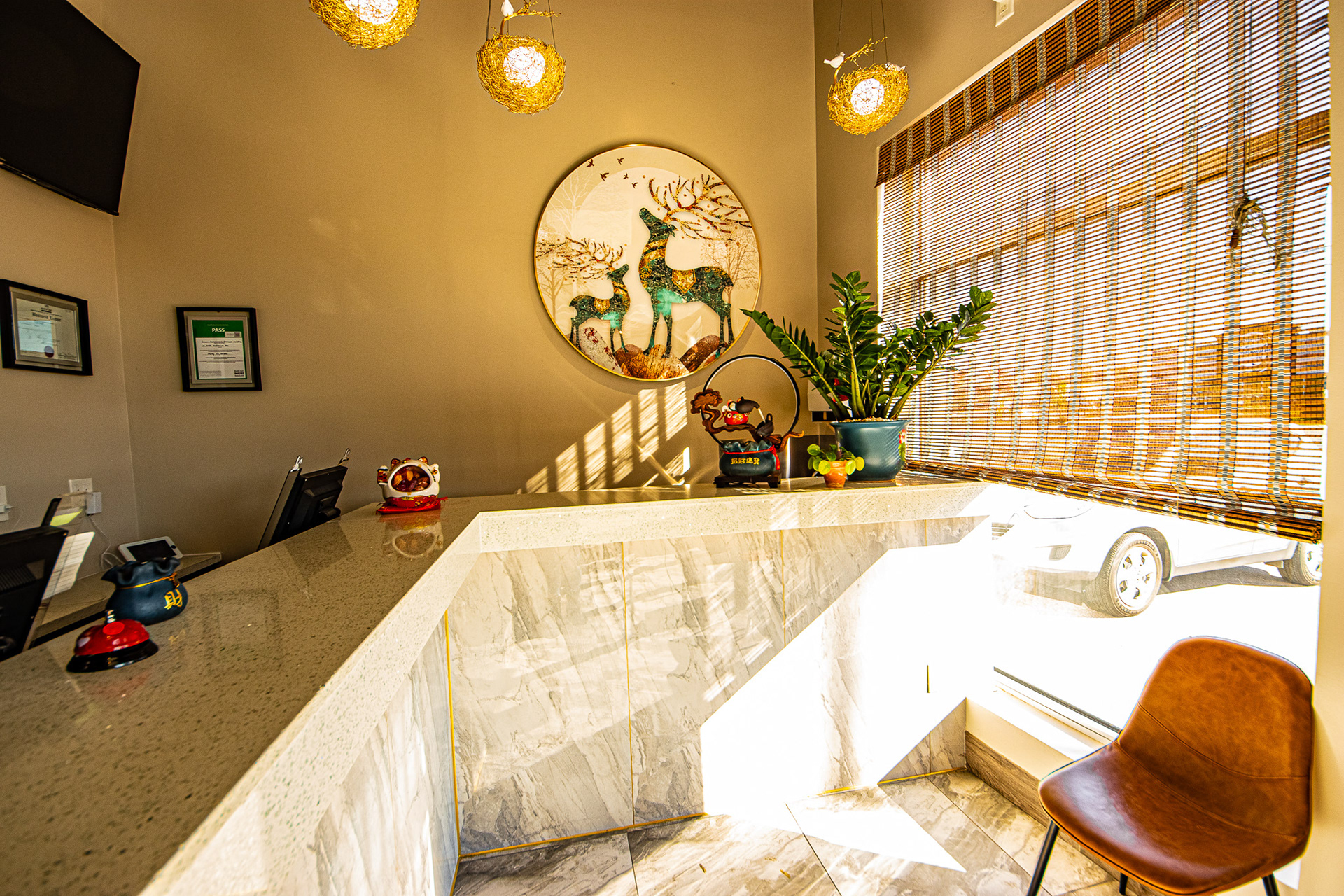

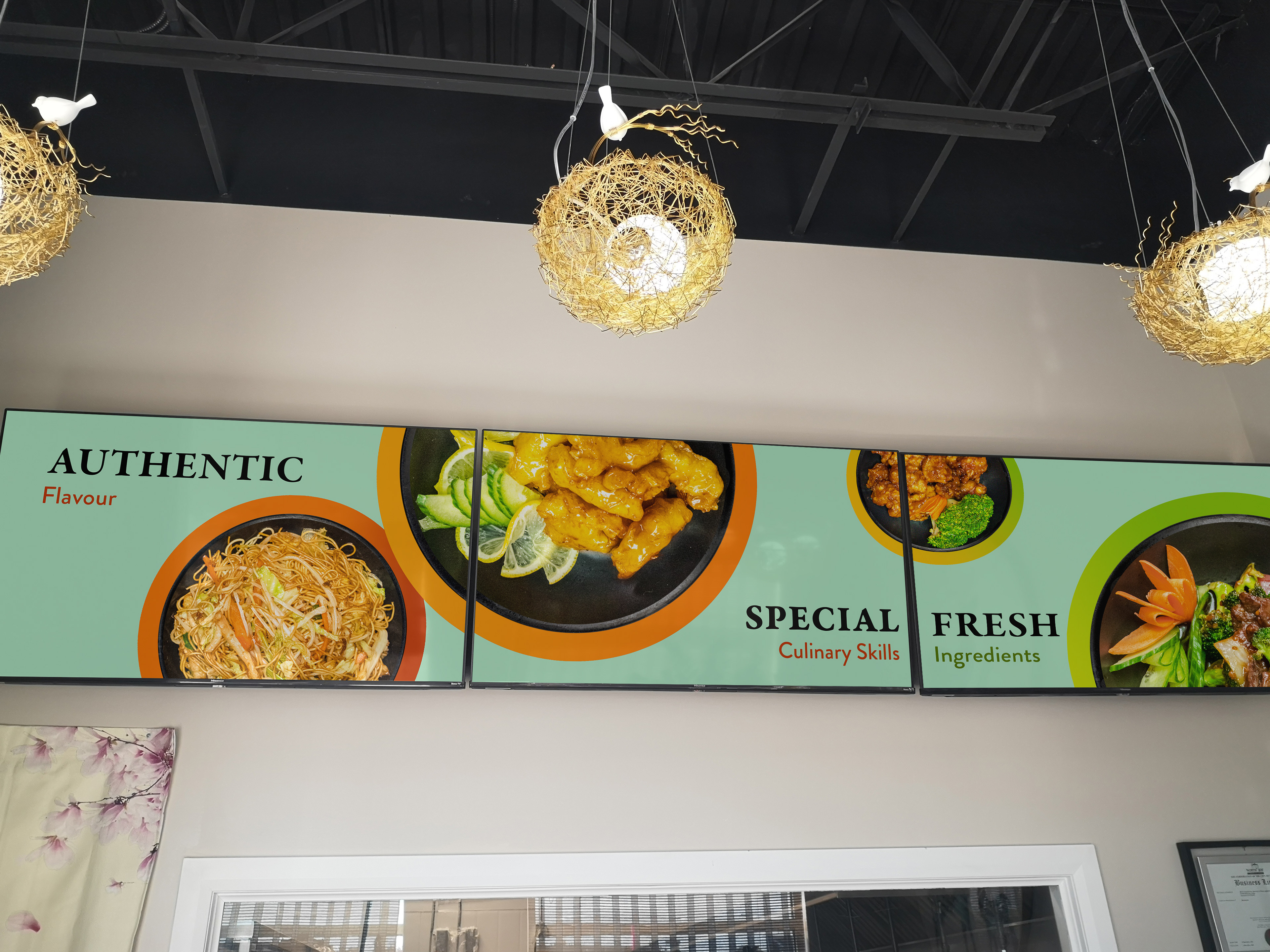

The aim of the Calendar Design project was to create an attractive 12-month, 2-sided, folded calendar for Green Applelicious Restaurant. I used captivating food photography to design the calendar, making each month visually engaging. The illustrations included Chinese traditional paper-cut patterns and modern geometric numbers, which conveyed the authentic and creative spirit of the Green Applelicious brand. The apple green color, which represented fresh fruit, not only added a refreshing touch but also reinforced the brand name. The objective of the Digital Menu Board design project was to develop a panoramic restaurant menu using digital signage, which would be displayed on multiple screens. The digital menu boards aimed to showcase live menus, featured items, and restaurant information in an engaging and dynamic way by using eye-catching visuals, animations, and motion techniques. The visual promotion was designed to cover all screens seamlessly, providing a cohesive and immersive experience for the customers. To execute this, I carefully storyboarded ideas, mapping out a plan to display the content effectively and setting the desired pace for an interactive and visually striking digital menu. (Please click the play button to watch it.)
Interior Environment
Behind The Scene











